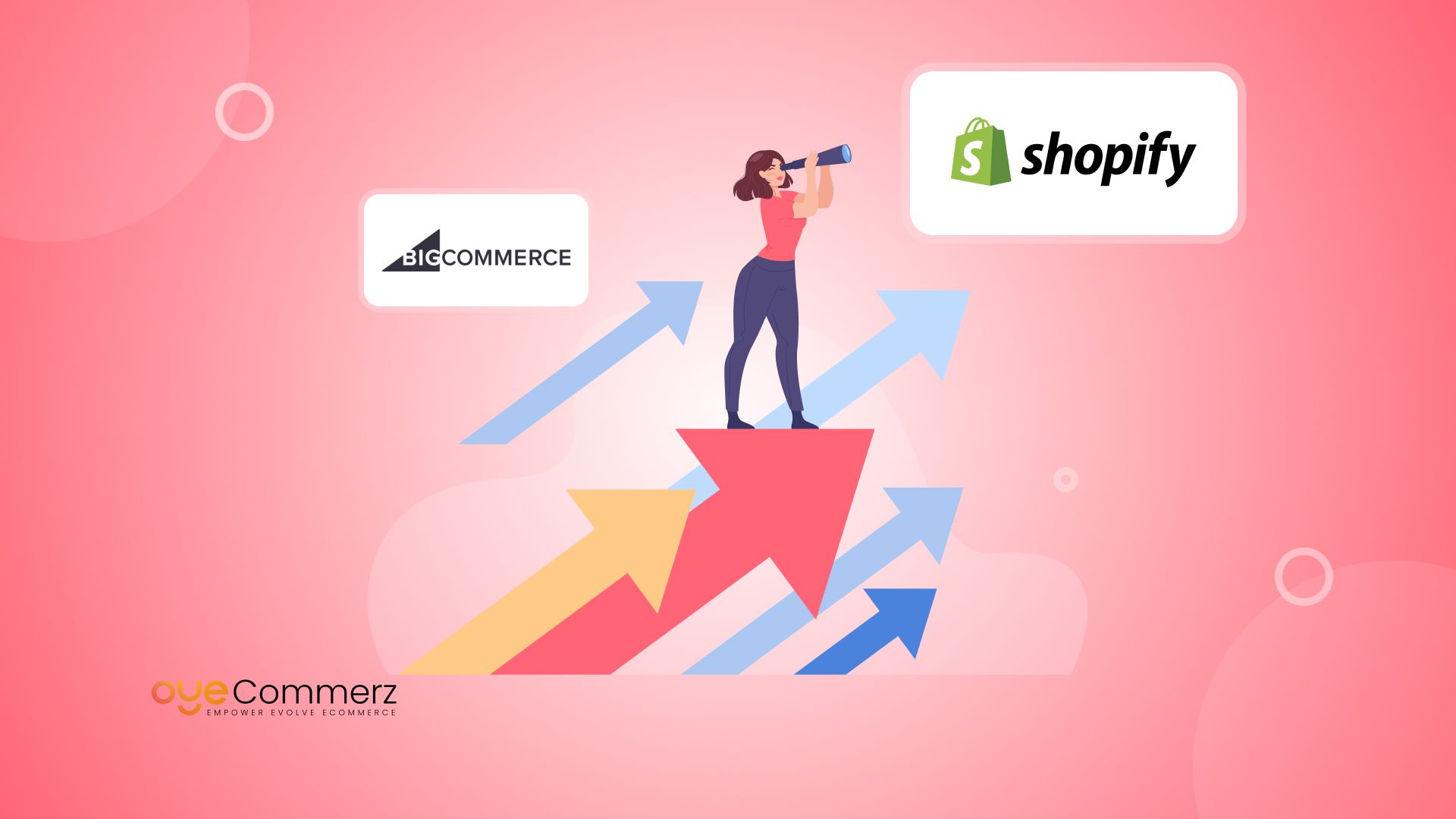Seamless WordPress to Shopify Migration: A Comprehensive Roadmap for E-commerce Growth
Seamless WordPress to Shopify Migration: A Comprehensive Roadmap for E-commerce Growth
Blog Article
Transitioning from WordPress to Shopify marks an exciting step toward streamlining your e-commerce processes. As businesses expand, choosing a solution that aligns with scalability, UX, and customization is essential. Shopify is widely recognized as a favorite for e-commerce professionals, offering superior flexibility, data protection, and ease of use. In this guide, we will delve into why this migration is a game-changer, discuss the advantages, and share actionable steps to facilitate a smooth move.
1. Why Migrate from WP to Shopify?
WordPress, paired with WooCommerce, has served countless e-commerce platforms. However, as businesses expand, challenges like reliance on plugins, data risks, and technical complexities can hinder growth. Shopify, designed explicitly for digital retail, addresses these concerns with an comprehensive, user-friendly solution. Real data supports this shift—Shopify powers over 4.4 million websites globally, with a reported 10% increase in sales conversion rates for many businesses after migration.
2. Shopify's Perks for Thriving Online Stores
Shopify’s powerful platform caters for expanding brands. Its standout benefits include:
- Seamless Customization: Shopify offers over 80 professionally designed themes.
- Integrated Tools: Capabilities such as Shopify Payments and integrated SEO streamline operations.
- International Expansion: Currency versatility and localization features empower businesses to reach global markets.
Additionally, Shopify delivers an uptime rate of 99.98%, ensuring your store remains accessible.
3. Preparing for WP to Shopify Migration
Prior to starting the migration process, assess your existing setup. Review product data, customer details, and search engine rankings. Resources such as Shopify’s Migration Kit or third-party solutions can simplify this process. Develop a comprehensive plan, ensuring all resources—product descriptions, images, and blog content—are ready for seamless import.
4. Data Migration: A Critical Step
Data migration forms the foundation for a successful transition. When migrating from WP to Shopify, focus on:
- Product Information: SKU, item summaries, and categories.
- Client Information: Emails, purchase records, and custom fields.
- SEO Optimization: Preserve meta tags, URLs, and redirects to avoid SEO losses.
Leverage tools such as LitExtension to streamline data transfer while reducing mistakes.
5. Customizing Your Shopify Store
After the move, customizing your Shopify store helps it reflects your business identity. Utilize Shopify’s intuitive page builder to design pages effortlessly. Shopify's templates are mobile-responsive, ensuring a seamless user experience across devices—a key point, since 74% of e-commerce traffic comes from mobile visitors.
6. Maintaining SEO During Migration
Search engine optimization is crucial for maintaining your online presence during migration. Shopify excels in SEO with organized link formatting, built-in optimization tools, and seamless blog integration. Ensure:
- Implement 301 redirects for existing links.
- Enhance updated content with targeted phrases.
- Use Shopify's apps Plug in SEO to monitor performance post-migration.
7. Post-Migration Testing
After finishing the transfer, conduct thorough testing.
Check: - Page load times (Shopify boasts faster speeds compared to WordPress).
- Functionality of payment gateways and transaction flow.
- Adaptability across devices.
Quality assurance guarantees your store delivers a seamless shopping journey from day one.
8. Real-Life Success Story
One such migration success story is Gymshark, a fitness apparel brand that moved to Shopify. After the switch, the company experienced a 60% increase in mobile sales and significantly lowered site downtime. This highlights the potential of Shopify in driving e-commerce growth.
9. Overcoming Common Migration Issues
Migration is not without obstacles, such as data integrity and reconfiguring custom functionalities. However, Shopify’s extensive assistance and external professionals make overcoming these hurdles manageable. Partnering with qualified Shopify developers ensures a smooth transition.
10. Making the Switch: The First Step Toward Success
Switching from WordPress to Shopify Reliable Shopify migration marks a forward-thinking decision to e-commerce. By focusing on growth, simplifying management, and enhancing the customer experience, Shopify enables companies to thrive in competitive markets.
Conclusion
Switching from WordPress to Shopify offers a Shopify CMS migration smart solution that can significantly boost your online business performance. With a well-structured strategy, the right tools, and professional guidance, you can unlock new growth opportunities.
Excited to start the journey? Reach out today to learn how our Shopify migration services can transform your e-commerce platform. Contact us now, or ask yourself: Can your business afford to miss out on Shopify’s growth potential?
 Report this page
Report this page